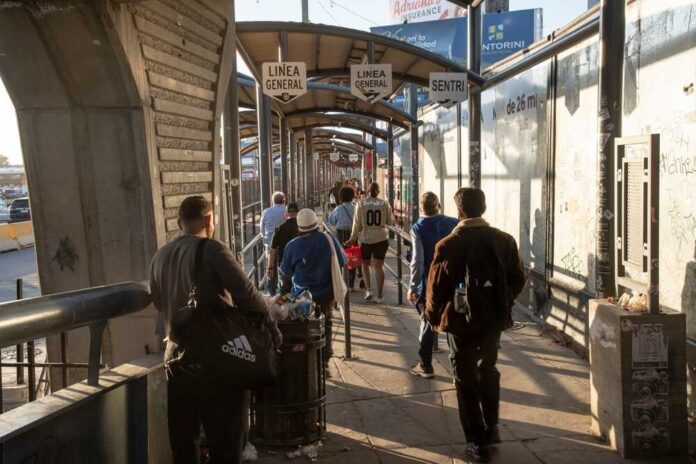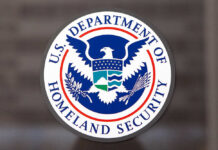
A group of twelve bold illegal immigrants made their way to the United States by racing onto a California beach in speedboats and then made their getaway in vehicles.
As it sped by and got closer to the shore, the boat narrowly avoided what seemed like a surfer in the sea.
On Saturday, as the boat came ashore, the migrants dashed toward the row of beachfront buildings.
According to another video, waiting black SUVs picked them up in Carlsbad, a seaside resort about 30 miles north of San Diego.
One lady almost lost her balance when the vehicle began to move before she climbed into the rear seats because they departed so quickly.
Those in the area who recorded the migrants said the cops were summoned but never arrived.
In April, 6,997 asylum-seekers surrendered to the San Diego border patrol, but this number does not include illegal immigrants like those aboard boats. The San Diego sector, which encompasses most of Southern California’s border with Mexico, was the nation’s highest, surpassing even the top-ranked Tucson sector. San Diego is the third busiest border sector, although the numbers have decreased.
The US Border Patrol is releasing previously screened migrants into the public due to the high volume of migrants passing through Southern California. Local officials opted not to invest the $18 million annually required to maintain the county migrant shelter, so it shuttered a few months ago. Migrants are being released at transit stations or airports by border patrol in the absence of a local shelter.
The San Ysidro Port of Entry, halfway between San Diego and Tijuana, Mexico, has been the most significant obstacle for migrants. From October to February, at least 77,000 migrants have reached Southern California using that route. By September, almost 8 million people would have crossed the southern border, causing the United States to grapple with the issue of asylum seekers and migrants.
The extraordinary number of migrants, mainly from Central and South America, has been a significant challenge for President Joe Biden’s administration, and recent data shows that the backlog has only grown throughout his time.













